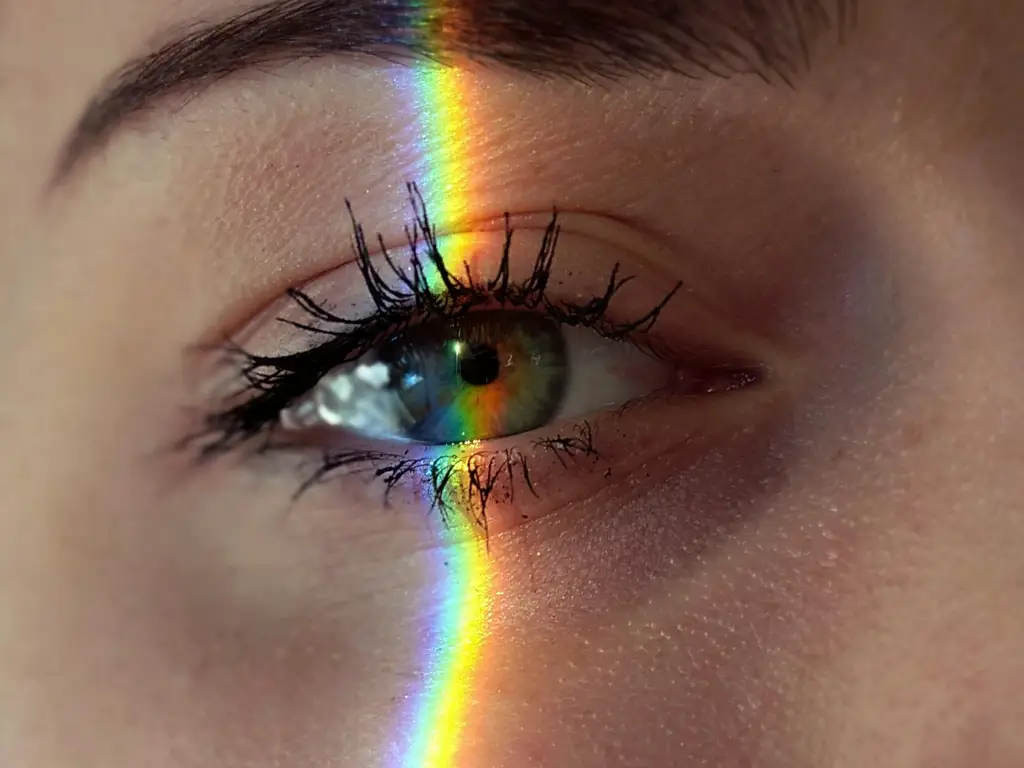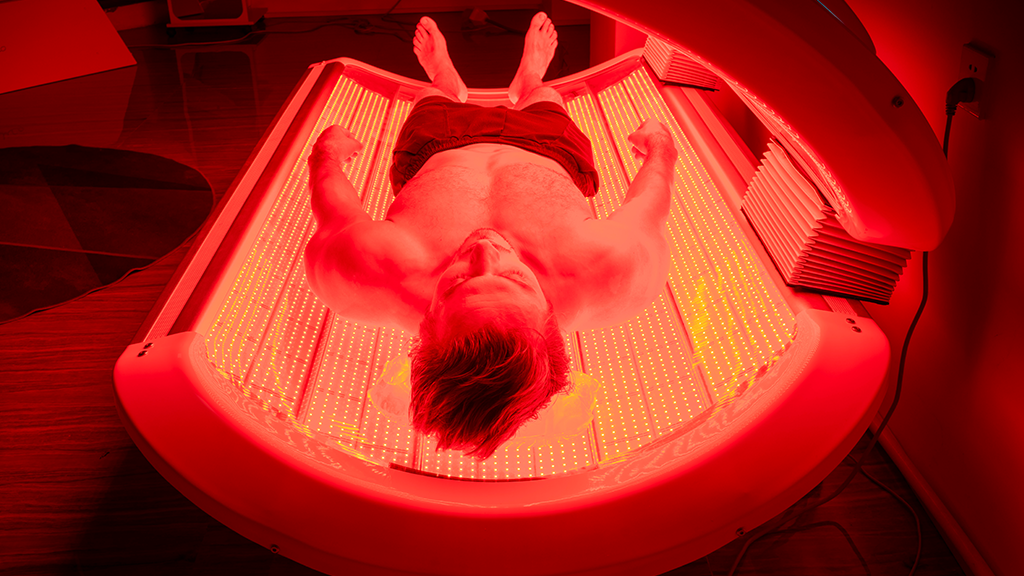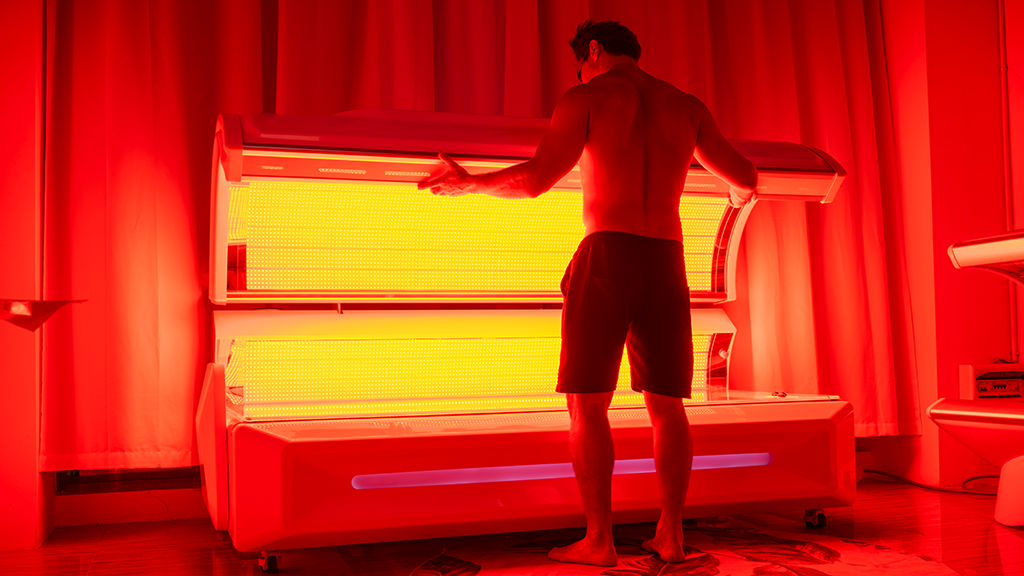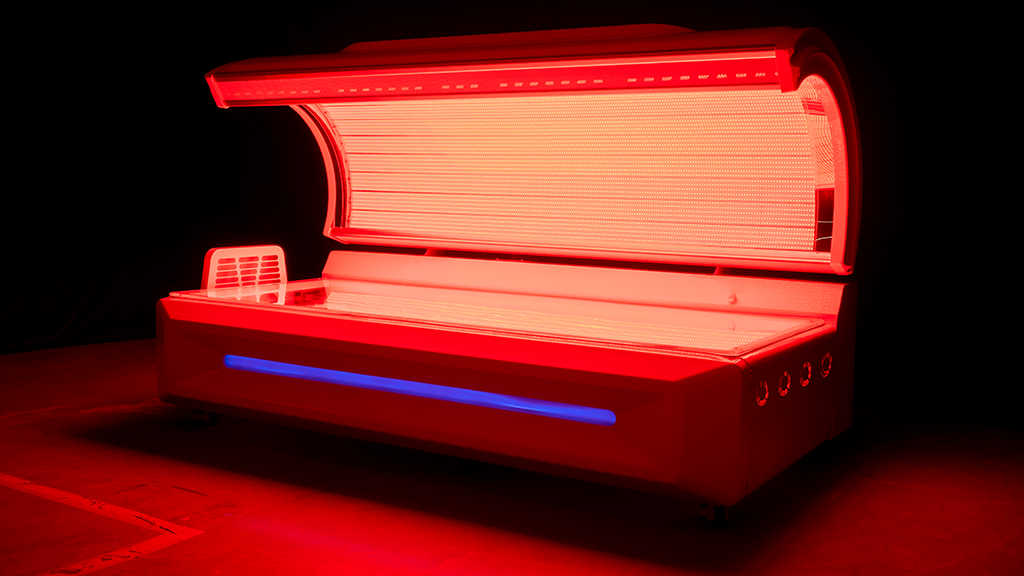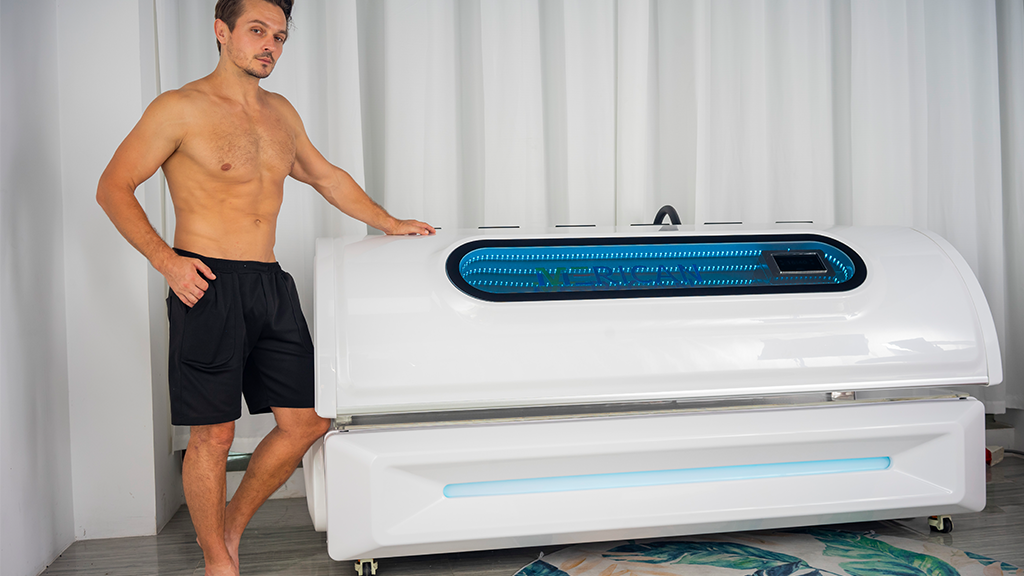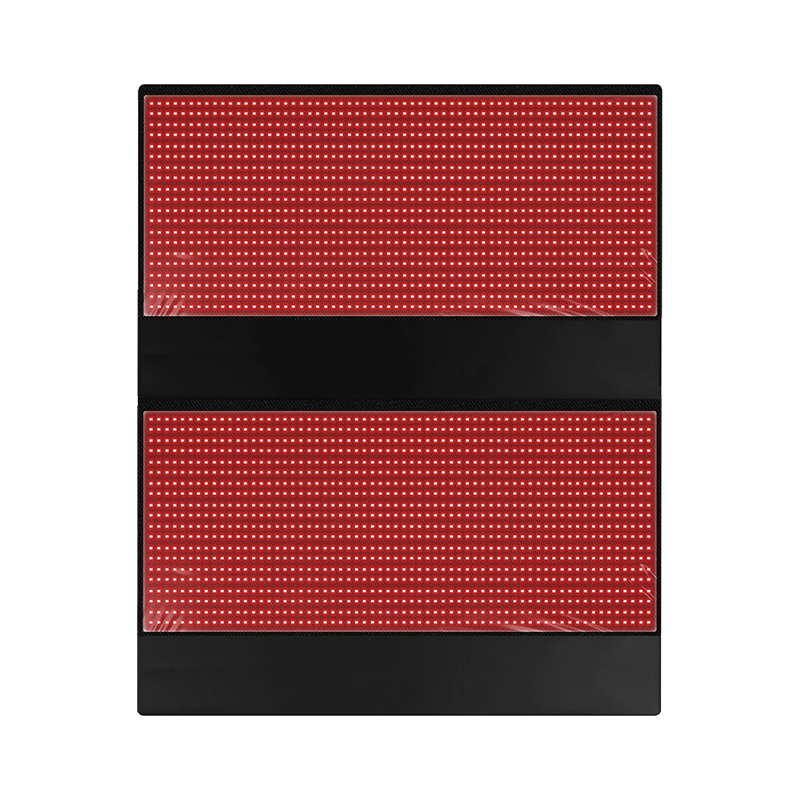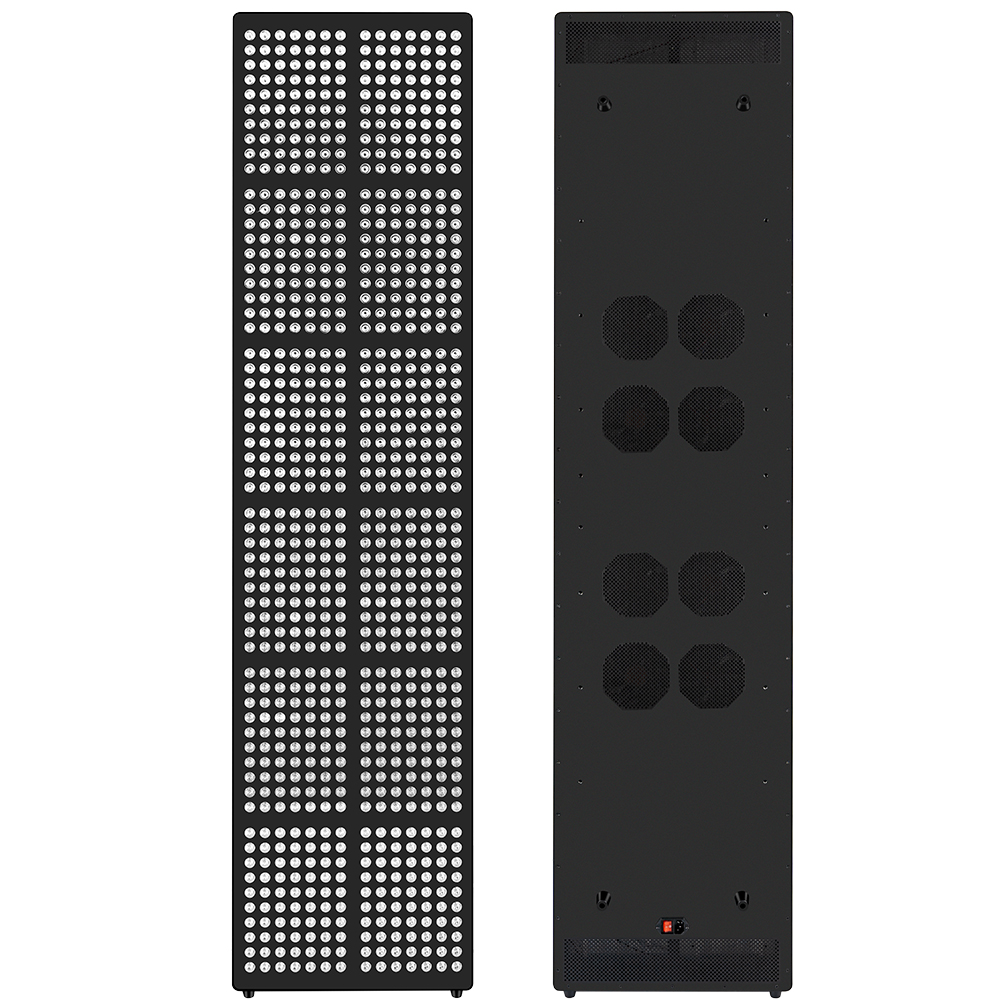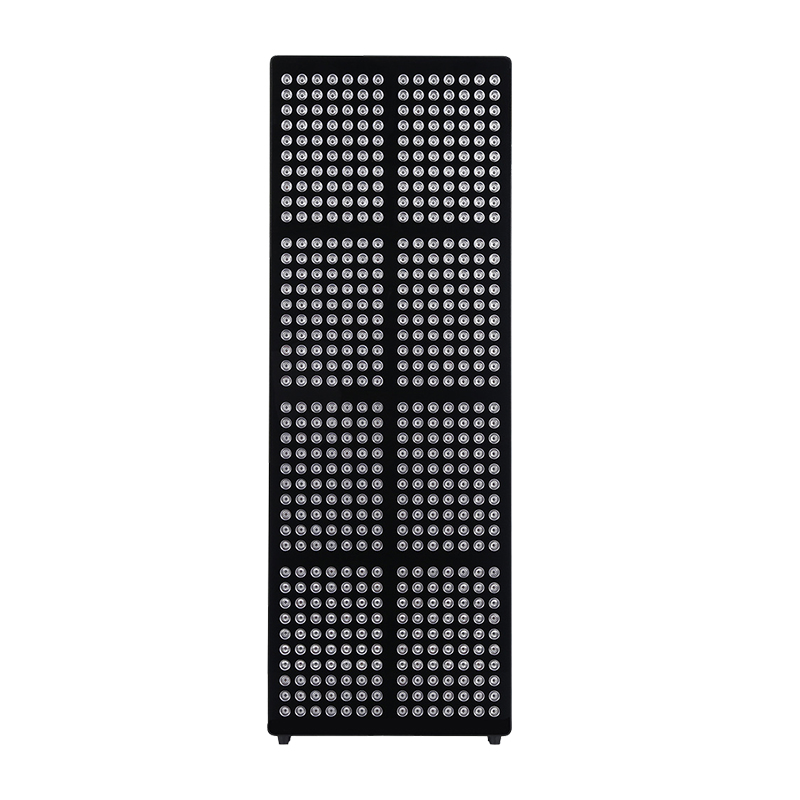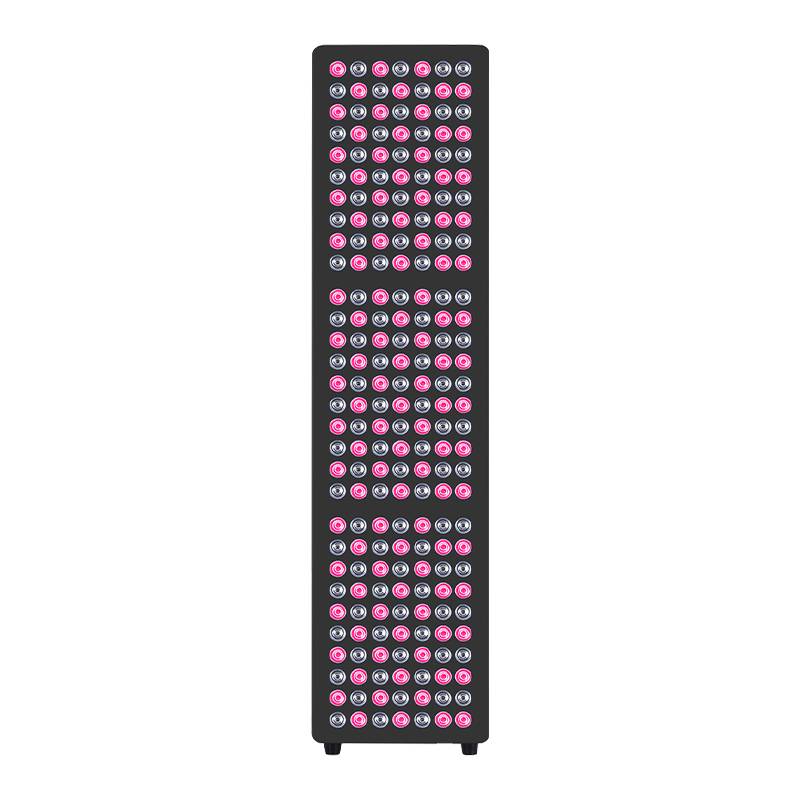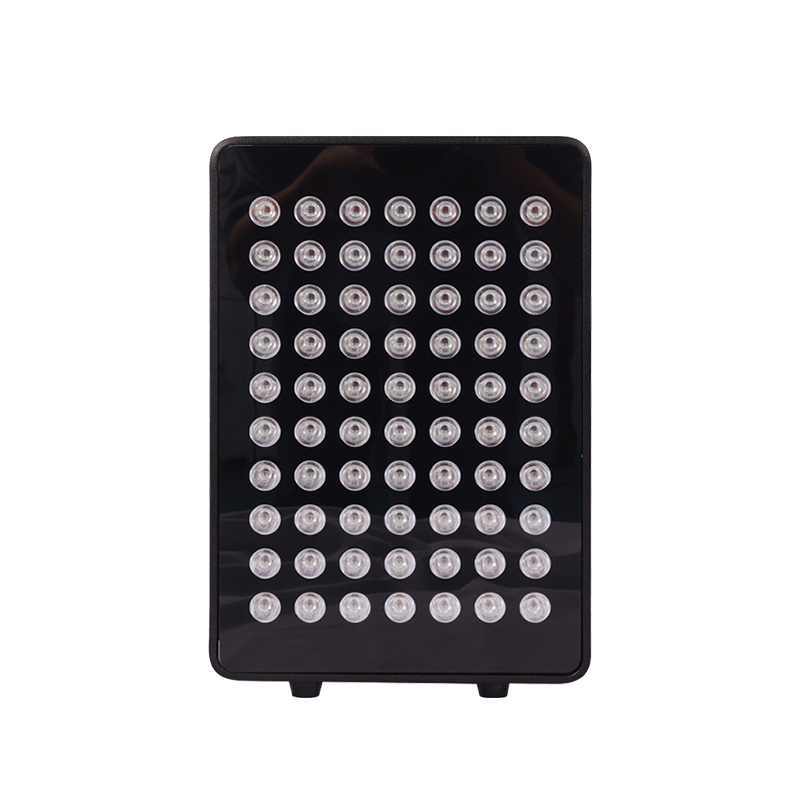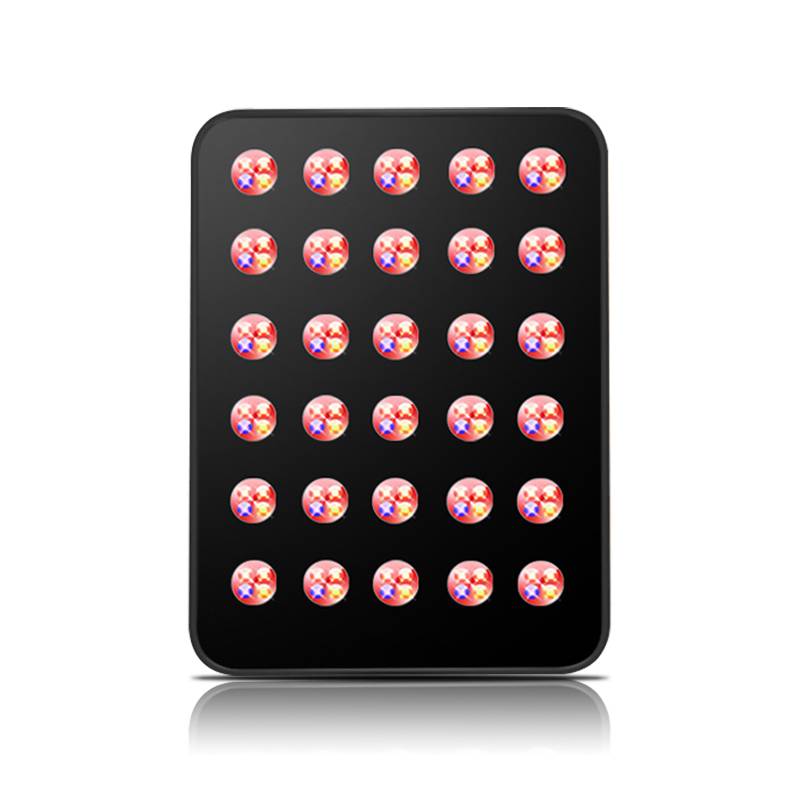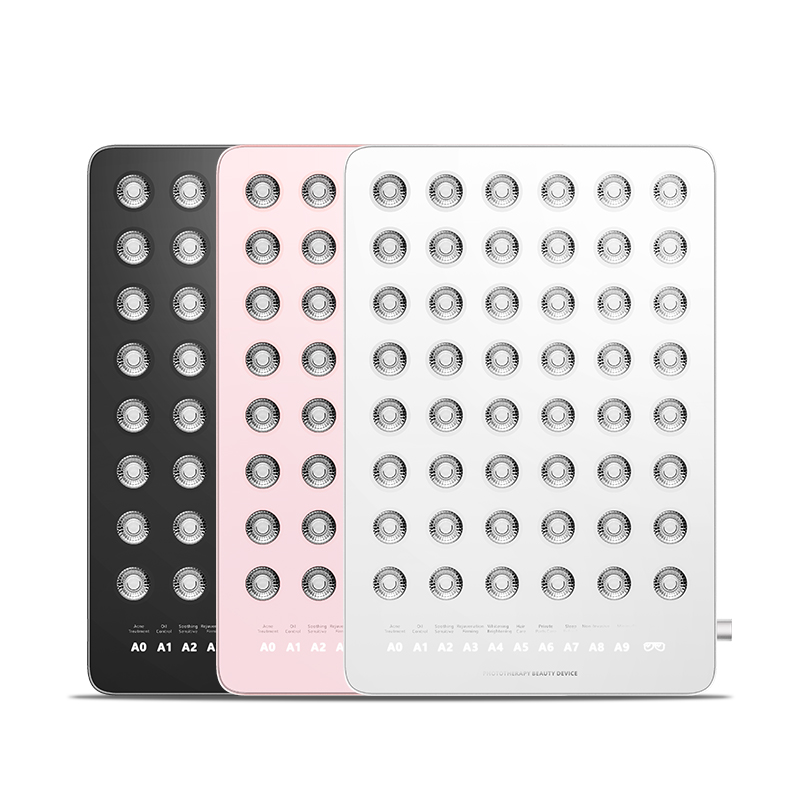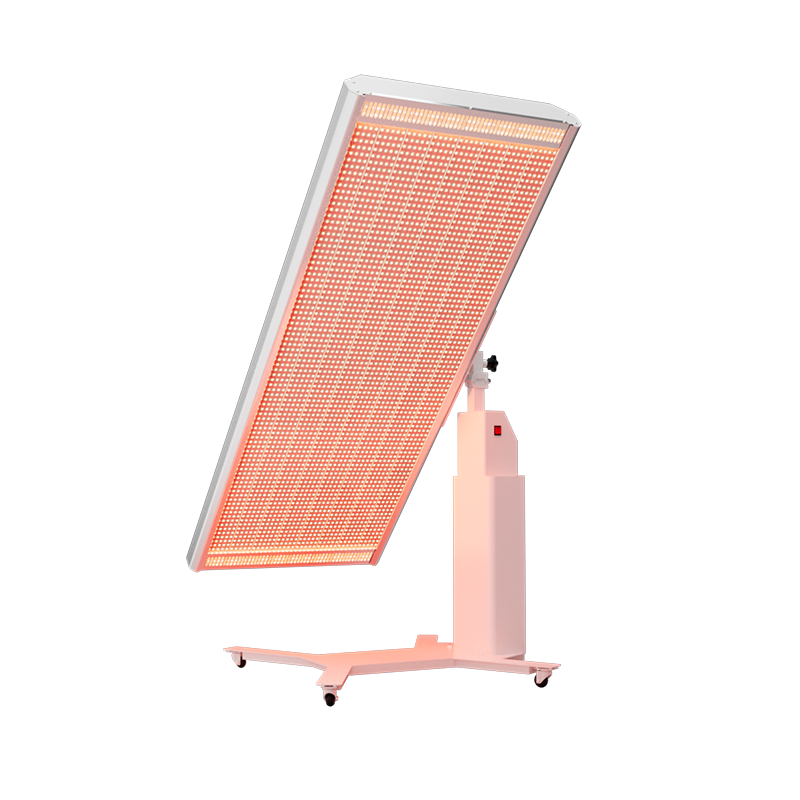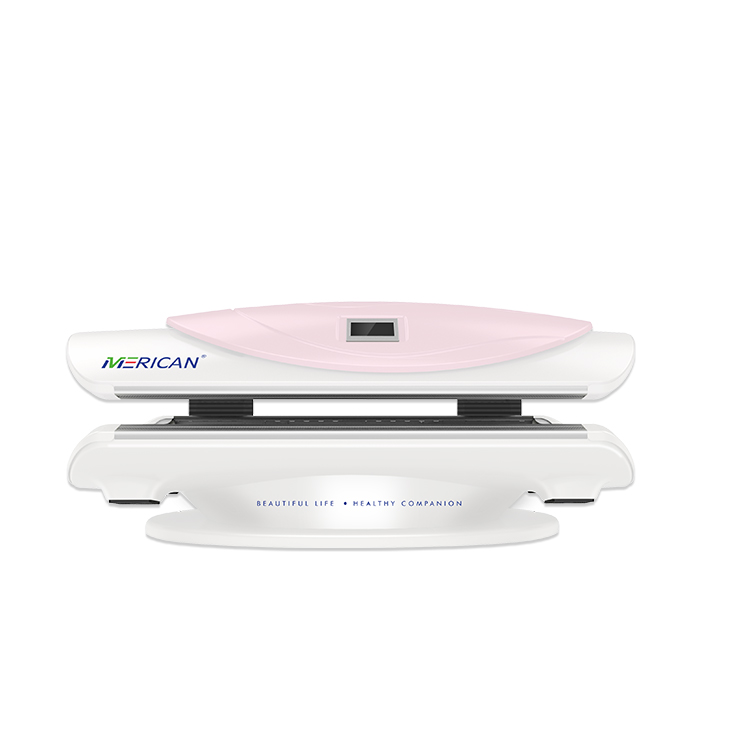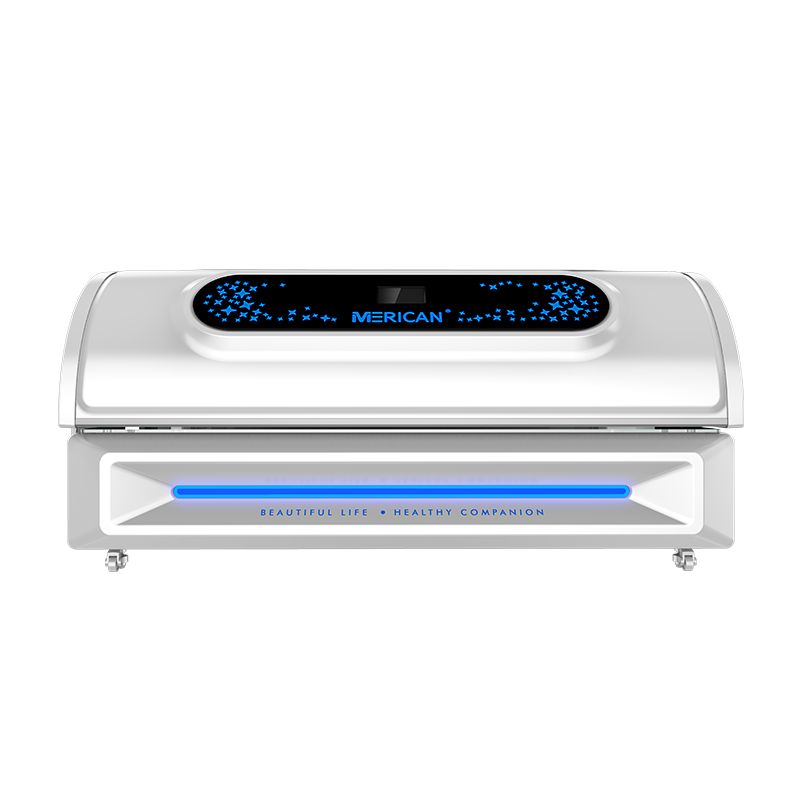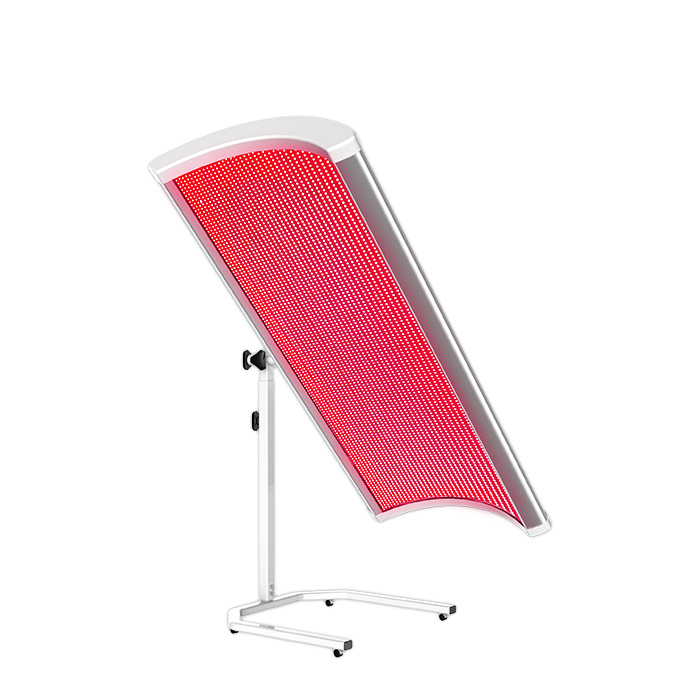La lumière rouge est-elle mauvaise pour vos yeux?
Pour la plupart des gens, c'est probablement du bon sens qui n'a pas fait ses preuves, et il n'est probablement pas judicieux de projeter une source de lumière, mais il y a toujours des exceptions. Thérapie par la lumière rouge est un coffre-fort, naturel, et un traitement efficace pour une variété de maladies et d'affections, y compris – tu l'as deviné – tes yeux. Contrairement à d'autres sources de lumière intense, comme le soleil, la lumière rouge favorise spécifiquement le fonctionnement normal sans aucun effet secondaire négatif. En fait, des études ont montré que la lumière rouge peut protéger la vision et même aider à inverser les maladies oculaires liées à l'âge, comme la dégénérescence maculaire et le glaucome, ainsi que des lésions oculaires.
Mais cela ne signifie pas que vous devriez regarder une lumière rouge vif pendant de longues périodes.. Bien que cela ne causera pas de dommages permanents, cela peut provoquer une irritation. En outre, vous n’avez même pas besoin d’ouvrir les yeux pour profiter des bienfaits de la lumière rouge contre la perte de vision.
Les lumières rouges sont-elles mauvaises pour vos yeux ?
Thérapie par la lumière rouge (RLT) et les lits de bronzage impliquent tous deux une exposition à différents types de lumière, mais ils ont des effets très différents sur le corps et plus particulièrement sur les yeux.
La thérapie par la lumière rouge utilise de faibles niveaux de lumière rouge ou infrarouge, qui sont des types d'énergie que le corps peut ressentir sous forme de chaleur mais que les yeux ne peuvent pas voir. Il a été démontré que ce type de lumière présente des avantages potentiels pour la peau, tissu musculaire, et d'autres parties du corps, y compris les yeux. Des études ont suggéré que le RLT pourrait être bénéfique pour le système nerveux central et la rétine., et peut même aider à améliorer la vision des couleurs et des contrastes chez certaines personnes. D'autre part, les lits de bronzage émettent des rayons UVA, qui sont un type de rayonnement ultraviolet qui peut endommager les yeux. Les structures internes et externes des yeux sont sensibles à l’exposition aux UV et nécessitent une protection adéquate, comme des lunettes de sécurité spécialisées. L'exposition aux rayons UVA des lits de bronzage peut entraîner des maladies oculaires telles que la cataracte., cécité des neiges, et même certains types de cancer des yeux.
En résumé, La thérapie par la lumière rouge est un traitement sûr et potentiellement bénéfique pour les yeux et d'autres parties du corps., tandis que les lits de bronzage présentent un risque important de lésions oculaires et d'autres problèmes de santé. Il est important d'être conscient des différences entre ces deux types d'exposition à la lumière et de prendre des décisions éclairées quant aux traitements qui vous conviennent..
Puis-je ouvrir les yeux pendant la thérapie par la lumière rouge ?
Il est crucial de garde les yeux fermés pendant les séances de soins pour profiter des bienfaits de la thérapie par la lumière rouge pour vos yeux tout en minimisant les risques. En plus, il est fortement recommandé de consulter un ophtalmologiste pour vous assurer que le traitement est approprié à votre état oculaire et pour recevoir des conseils sur les protocoles appropriés.. Alors que la thérapie par la lumière rouge peut être un outil précieux pour la santé oculaire, elle doit être abordée avec soin et sous la supervision d'un professionnel qualifié.
Les lumières LED peuvent-elles endommager vos yeux?
Oui, il est vrai que l'exposition à certains types de lumière, y compris ultraviolet (UVA et UVB) lumière, peut endommager les yeux. Cependant, quand il s'agit de thérapie par la lumière rouge (RLT), la recherche suggère qu'il est généralement sans danger pour les yeux à condition que certaines précautions soient prises. Comme vous l'avez mentionné, la thérapie par la lumière rouge n'émet pas de rayonnement UV, quel est le type de lumière le plus nocif pour les yeux. Plutôt, RLT utilise de faibles niveaux de lumière rouge ou infrarouge, qui sont des types d'énergie que le corps peut ressentir sous forme de chaleur mais que les yeux ne peuvent pas voir.
Bien que la thérapie par la lumière rouge soit généralement considérée comme sans danger pour les yeux, il est important de prendre des précautions pour éviter une exposition excessive. La plupart des recherches sur l'utilisation oculaire du RLT ont porté sur de courtes durées d'exposition., comme deux minutes par jour ou tous les deux jours. Il est également important que le RLT soit administré par un professionnel de la santé qualifié., car ils peuvent garantir que le traitement est administré de manière sûre et efficace.
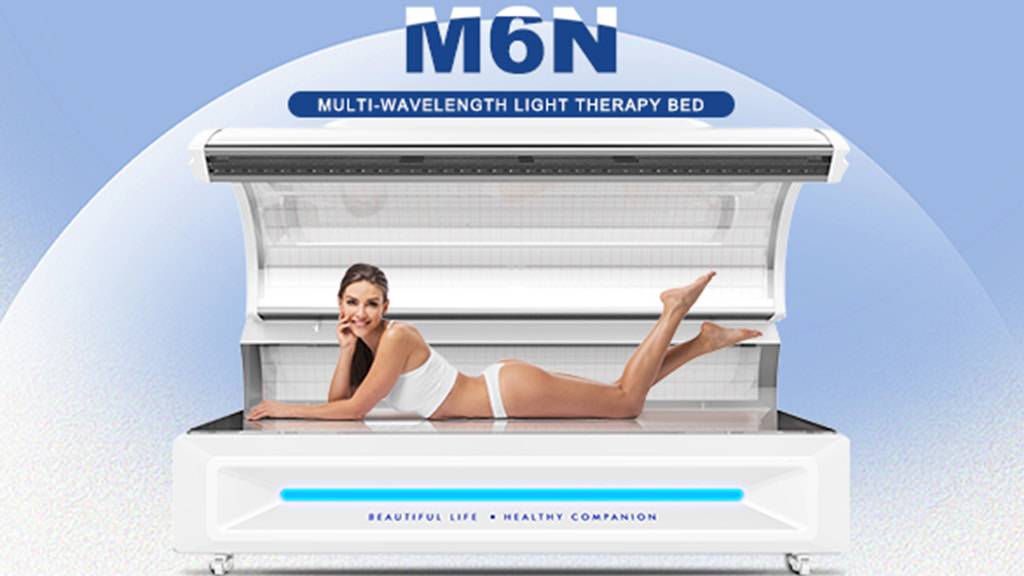
La lumière naturelle du soleil semble incolore, mais c'est en fait un arc-en-ciel virtuel de couleurs: rouge, orange, jaune, vert, bleu, et violette. Ces couleurs se combinent pour former un spectre de lumière visible, ou « lumière blanche," qui est mesuré en unités appelées longueurs d'onde. Il existe également des longueurs d'onde invisibles de la lumière: lumière ultraviolette et infrarouge.
Le corps humain est puissamment affecté par la lumière. Par exemple, les longueurs d'onde bleues de la lumière naturelle du soleil (les longueurs d'onde qui rendent le ciel bleu) influencer l'hypothalamus, qui est une petite région du cerveau qui joue un rôle majeur dans la production d'hormones. L’une des fonctions essentielles de l’hypothalamus est de réguler le cycle veille-sommeil – et sa capacité à y parvenir est affectée à l’ère numérique.. Protection des yeux par thérapie par la lumière rouge
Les scientifiques pensent également qu’une exposition excessive aux écrans pourrait contribuer à la dégénérescence maculaire, une maladie oculaire liée à l'âge causée par des lésions des cellules sensibles à la lumière de la rétine. Avant l’ère du numérique, les gens n'ont reçu que des niveaux naturels de lumière de n'importe quelle couleur. Aujourd'hui, cependant, avec l'utilisation généralisée des gadgets électroniques, les gens passent des heures à regarder un écran, et l'exposition a considérablement augmenté. Cela a conduit à une augmentation des problèmes de vision, y compris la dégénérescence maculaire. That’s why the display screens of electronic devices such as computers, laptops, TVs, tablets, and smartphones can affect your body’s function. During the daytime, blue light from excessive screen use can increase alertness and cognitive functioning, and boost mood. But at night, it can be disruptive, interrupting sleep patterns and causing insomnia.
Red light is known for its beneficial properties for the body, y compris les yeux. Feu rouge (630-660nm) et lumière proche infrarouge (Nir) (810-850nm) are considered the most therapeutic wavelengths with wide-reaching applications. Light treatment uses light-light emitting diode (DIRIGÉ) devices that shine red or NIR light into the eye: a painless and safe way to administer red light. Red light is absorbed in the outermost areas of the body which makes it ideal for treating eye conditions and skin surface conditions such as chronic skin disorders and hair loss. It can still penetrate the eyelids, which are relatively thin but won’t go through large masses of bone or muscle.
D'autre part, NIR has a deeper absorption rate. It stimulates stem cell production, réduit l'inflammation, and promotes healing from stroke, blessures, and diseases. Ensemble, these two types of light work together to stimulate every part of your eyes, even if they’re closed.
Like blue light, red and NIR light also absorb into the retina, but with no known adverse effects. Red and NIR photons stimulate the mitochondria (energy centers in cells) to produce more adenosine triphosphate (ATP), or cellular energy. The more energy your cells have, the better they function, repair themselves and regenerate. Another beneficial effect of red light therapy is its ability to reduce inflammation, including eye inflammation. This can occur after eye injury, or even complications brought on by chronic stress, and it can destroy eye tissue. When eye tissue is damaged or destroyed, it can lead to vision deterioration or even blindness.
En résumé, while it is possible for any type of light to cause damage to the eyes if exposed to excessive amounts, the research suggests that red light therapy is generally safe for the eyes as long as proper precautions are taken.

